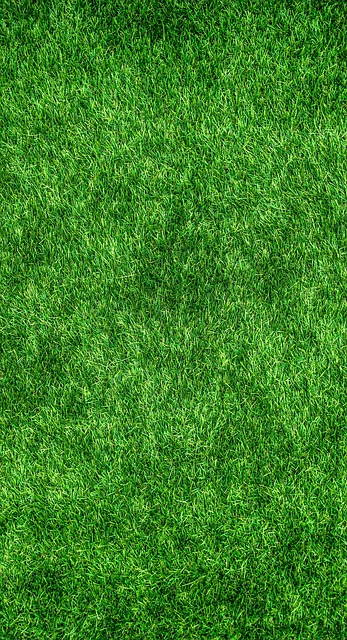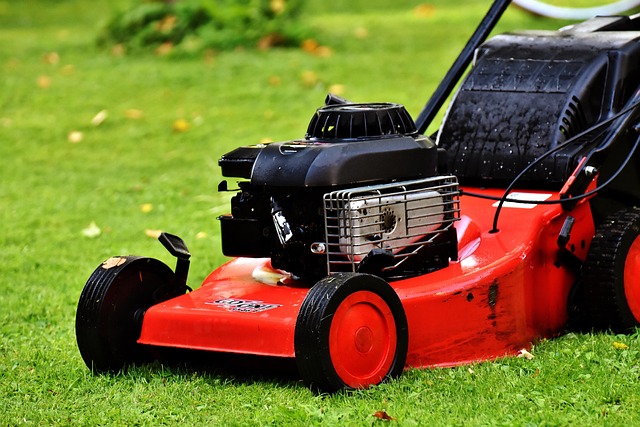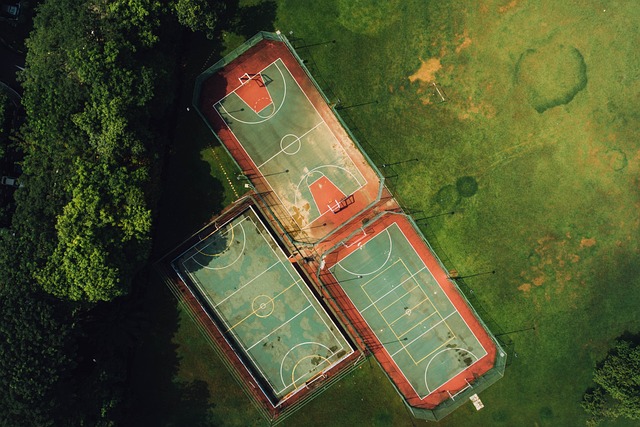Fall lawn fertilization is essential in Thornton to prepare grass for winter dormancy and promote healthier growth come spring. Using nitrogen-rich fertilizers and organic matter strengthens roots, improves resistance to cold weather, and reduces frost damage. This strategic approach leads to a lush, vibrant lawn despite the season, with less need for intense spring treatments.
In Thornton, maintaining a lush lawn through the harsh winters requires understanding and adopting sustainable treatment options. This article delves into the vital aspects of winter hardiness and its effect on lawn health. We explore eco-friendly fall lawn fertilization techniques to enhance resilience and provide natural solutions for year-round lawn care. By implementing these strategies, Thornton residents can ensure their lawns remain vibrant and healthy during the colder months.
- Understanding Winter Hardiness and Its Impact on Lawn Health
- Sustainable Fall Lawn Fertilization Techniques
- Natural Solutions for Maintaining a Healthy Lawn Through Winter
Understanding Winter Hardiness and Its Impact on Lawn Health

In regions like Thornton, understanding winter hardiness is crucial for maintaining a healthy lawn. As temperatures drop, certain grass species enter a dormant phase, which can significantly impact their survival and vibrancy come spring. Fall lawn fertilization plays a pivotal role in enhancing winter hardiness. The right blend of nutrients, particularly nitrogen, helps strengthen grass roots, enabling them to better withstand cold weather and reduce the risk of frost damage.
Proper fall fertilization strategies are key to ensuring your lawn emerges from winter as robust and lush as possible. By focusing on nitrogen-rich fertilizers designed for cool-season grasses common in Thornton’s climate, you can promote dense growth and improved root structure. This, in turn, contributes to a healthier, more resilient lawn that’s better equipped to handle the challenges of winter and the subsequent spring thaw.
Sustainable Fall Lawn Fertilization Techniques

In Thornton, fall lawn fertilization is a strategic approach to ensure your grass thrives during the colder months and emerges stronger come spring. Unlike heavy summer fertilizers, autumn applications focus on promoting winter hardiness by encouraging deep root growth. This technique is key to helping lawns survive the dormant period and reduces the need for intense spring treatments.
One effective strategy is to choose fertilizers with lower nitrogen content and higher phosphorus and potassium levels. These macro-nutrients are crucial for strengthening stems and roots, making grass less susceptible to winter damage. Additionally, incorporating organic matter like compost or well-rotted manure into your soil can significantly enhance its structure and fertility, providing a natural buffer against seasonal stress.
Natural Solutions for Maintaining a Healthy Lawn Through Winter

In the colder months, a well-maintained lawn is a sight to behold in Thornton—a lush green oasis amidst the wintery landscape. One of the key secrets lies in fall lawn fertilization, a strategic approach to ensure your grass develops winter hardiness. By applying specific nutrients and fertilizers designed for this season, you’re providing the essential building blocks for strong root growth and overall lawn health. This process is crucial as it enables the grass to withstand the rigors of winter, ensuring a vibrant rebirth when spring arrives.
Natural solutions play a vital role in this strategy. Organic options like composted manure or slow-release organic fertilizers can be applied during fall to enhance soil structure and fertility without causing excessive growth that might become vulnerable to frost damage. These natural methods not only promote a healthier lawn but also contribute to a more sustainable and eco-friendly outdoor space, making your winter garden a model of environmental consciousness.
In light of these sustainable treatment options, residents in Thornton can effectively manage their lawn health throughout the winter. By understanding winter hardiness and employing natural solutions alongside specific fall lawn fertilization techniques, it’s possible to create a lush and resilient turf that thrives come spring. These eco-friendly practices not only benefit the environment but also contribute to a vibrant and healthy outdoor space.
